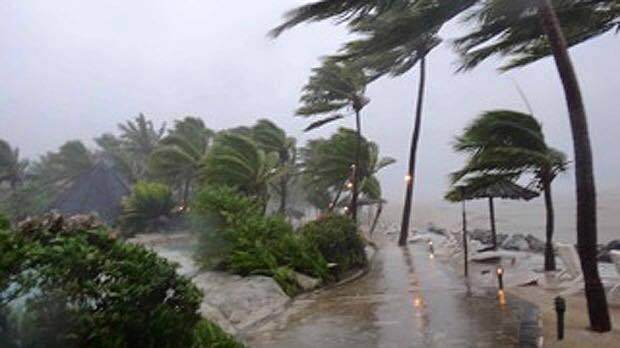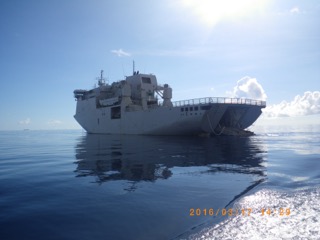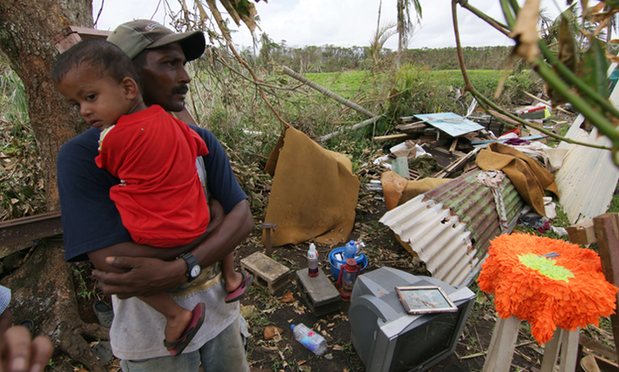Cyclone Winston - Fiji 2016
The South Pacific Island nation of Fiji was hit by a devastating Category 5 storm, Cyclone Winston, on Feb. 20 & 21. The strongest storm to ever make landfall in the southern hemisphere, with winds of 320 kms/hr and storm surges up to 12 meters high, it cut a path of destruction through the central islands of the Fijian archipelago. Close to 350,000 people (1/3 of the population) were negatively affected and 42 killed.
It has been logistically challenging to reach the remote islands of Fiji, which consist of some 330 islands spread across 120,000 sq. kms of the South Pacific. Based in the capital city of Suva, our ShelterBox response has so far concentrated on the Eastern and Northern Division Islands. We have delivered our aid to the widely dispersed islands working with the New Zealand military and Sea Mercy ( a Pacific Ocean aid organization) who have provided air and sea transport.
Because of the dispersed nature and large numbers of islands affected, we have split our ShelterBox Response Teams into small groups in order to reach more islands. My ShelterBox Response Team, consisting of Mark van Alphen (The Netherlands) and myself, traveled approximately 350 kms with our shelterboxes aboard the New Zealand naval vessel, the Canterbury, to the remote island of Vanua Balavu. It is one of the furthest islands from the governing and transportation hub of the city of Suva. 
Cyclone Winston made a direct hit on Vanua Balavu, with the eye of the storm passing across the center of the island wreaking havoc and destroying about 70% of the homes in14 small villages on the island. The destruction was massive: uprooted trees, destroyed building and homes, trees and vegetation striped of branches, fruit and leaves and gardens uprooted. Most homes were wood frame construction and were completely leveled, while the concrete block buildings lost their roofs and suffered cracked walls.
We lived on board the Canterbury for a week while it was anchored off Lomaloma Bay on Vanua Balavu, traveled each day with the boxes by landing craft to the island and distributed our aid in vehicles provided by the Fiji government with assistance from the Fiji military. We were able to provide our durable tents and life sustaining box supplies to 110 households of people in desperate need.
The intensity of the storm was terrifying for those in it’s path. I spoke with one of the surviving families who said they had warning that Cyclone Winston was approaching, but because they had been through a number cyclones in the past and did not understand the ferocious strength of a category 5 storm, they diid not abandon their wood frame home. When the walls of their home began to collapse, they ran with their children for a concrete community building. They said that when the metal roof of the community center blew off, their children cried out in terror. The effects of this trauma, especially for the children, will be with these people for a very long time.

It is very important to children’s recovery that life is normalized as soon as possible. Returning to school is a big part of this normalization process. Many school buildings & teacher’s homes were destroyed or badly damaged and a number of teachers had to leave the island. Large tents were supplied by UNICEF to serve as classrooms and we provided the teachers in need of accommodation with tents and supplies to allow them to return to the island and their classes.
The Fijian people are very resilient and extremely grateful for our assistance. It was heart warming to see that our aid not only brought them physical comfort and security but that it also lifted their spirits and gave them hope and the will to carry on and rebuild their homes and their lives. We could not provide this life sustaining aid and the hope that goes with it without the generous support of our many donors.
Ron Noseworthy
ShelterBox Response Team